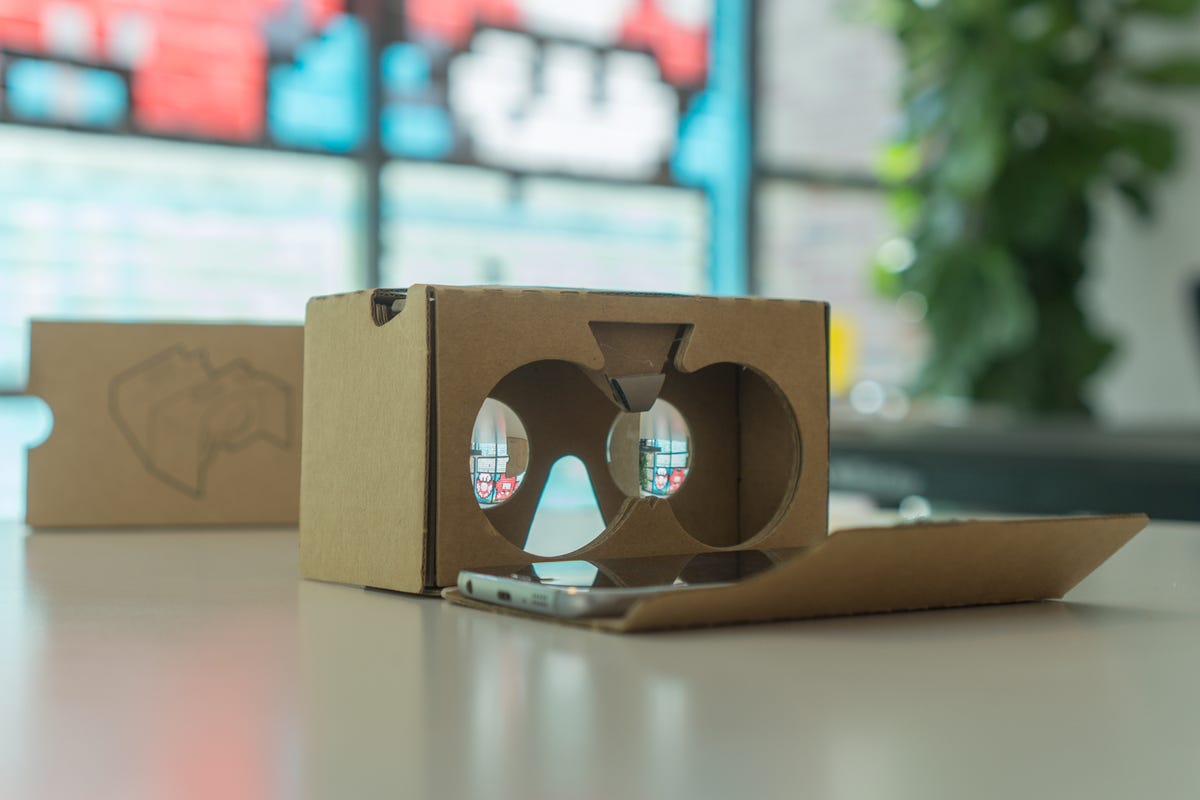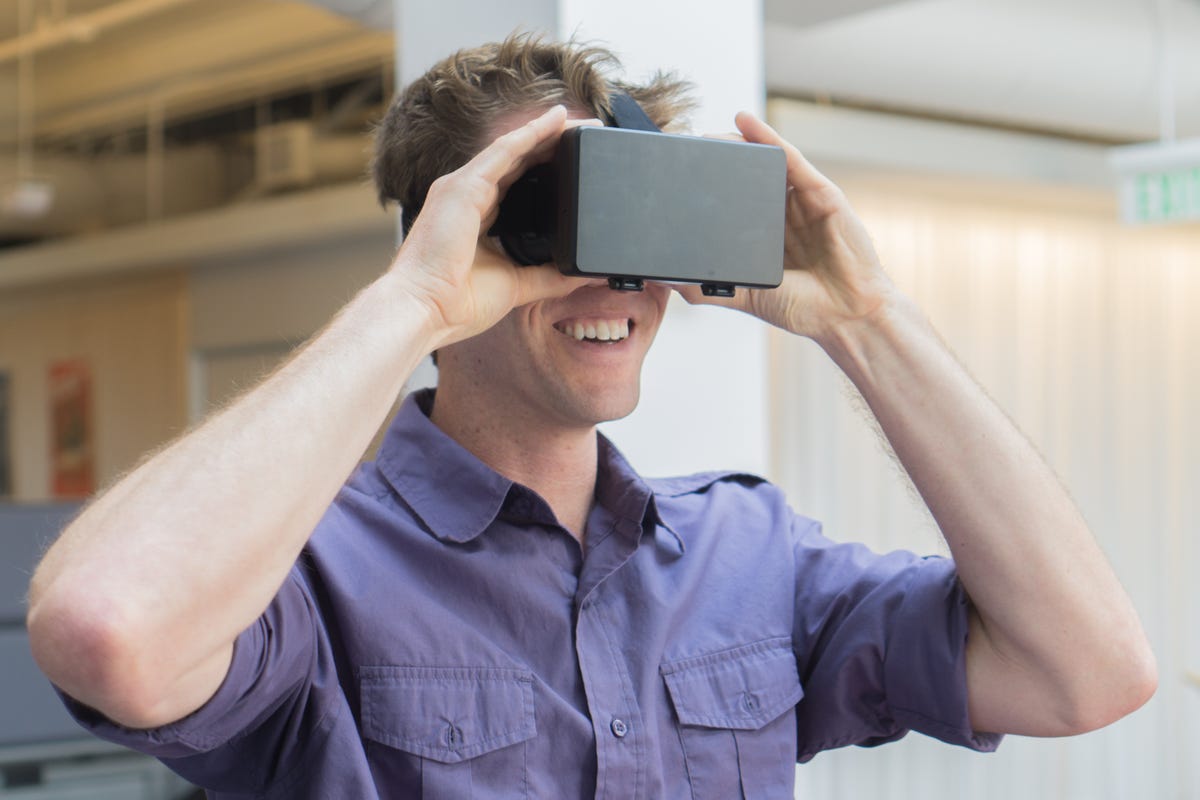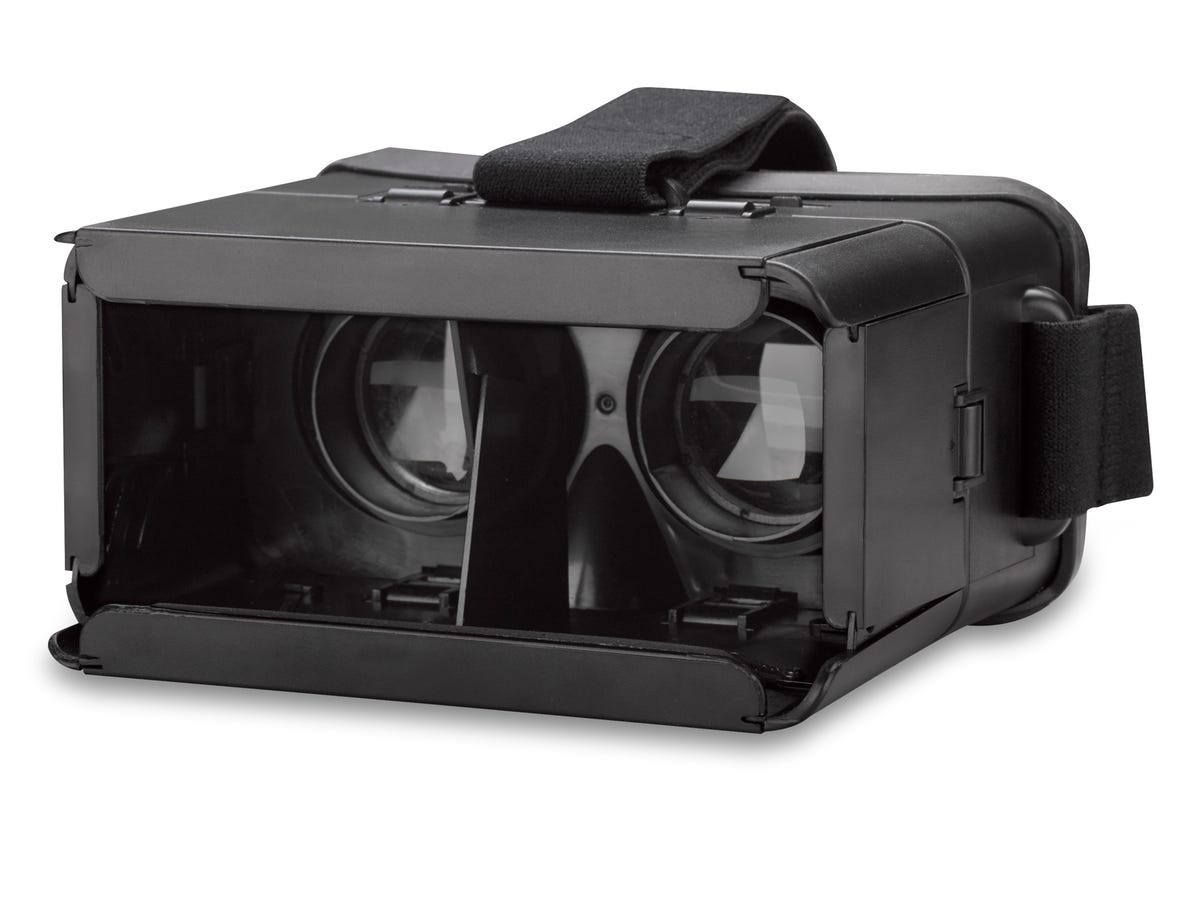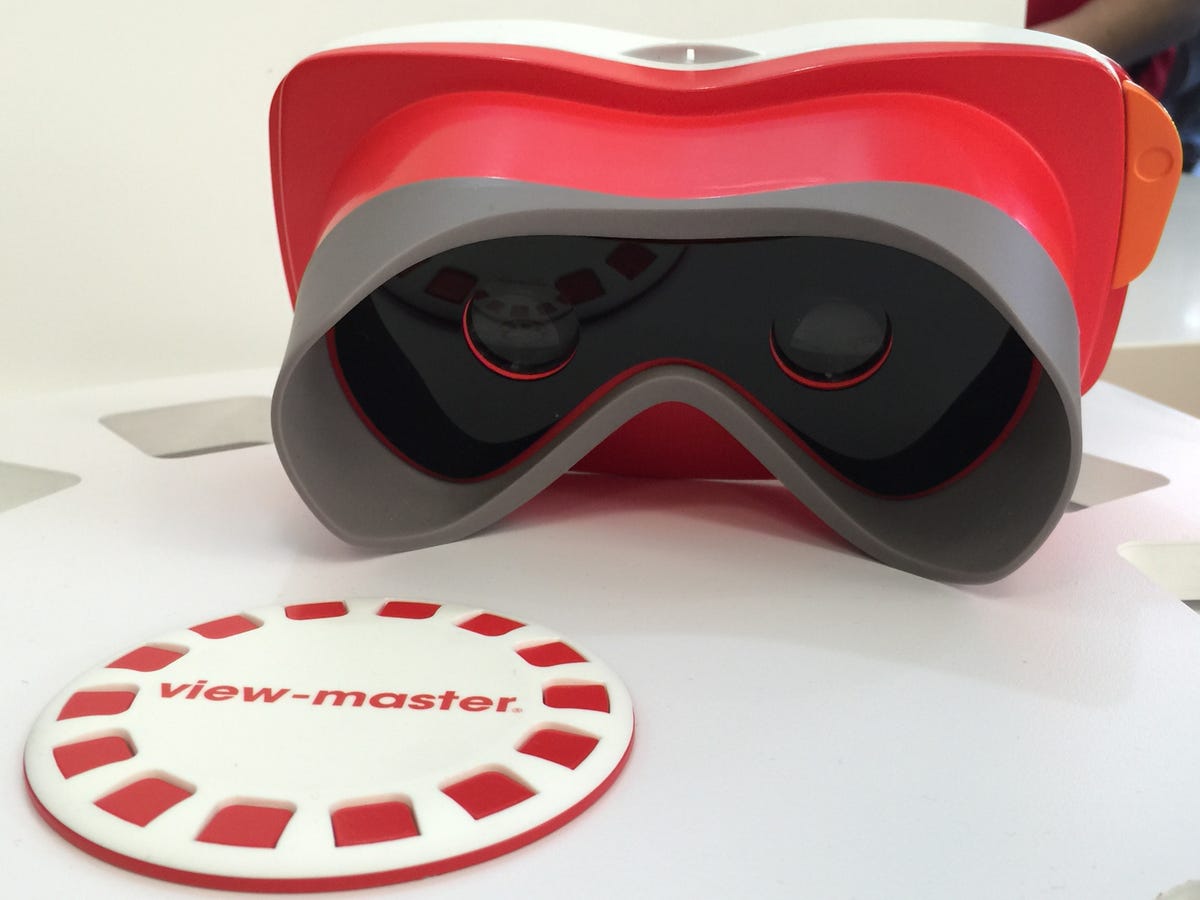
James Martin/CNET
The virtual reality conversation is currently dominated by devices like the Oculus Rift , HTC Vive , and Sony Project Morpheus , impressive gadgets that’ll leave you tethered to a gaming PC or console. The Samsung Gear VR is a bit more mobile, but it only works with select Samsung phones.
And then there’s the matter of price: we can expect to spend hundreds for each of these headsets, to say nothing of what you’ll need to spend on the hardware to drive it.
There’s a cheaper way. You aren’t going to get a stellar experience, but there are quite a few VR headsets out on the market, or on the way that offer an appreciable experience for far less. These headsets all require an Android or iOS smartphone, and you’ll find plenty of VR apps kicking around your app store of choice — many are labelled as being designed for Google Cardboard, but they’ll work with these devices, too. And if you’re looking for something to do with your new VR headset, check out these fun apps and experiences designed for mobile VR gear.
Google Cardboard


Nate Ralph/CNET
Google’s Cardboard is probably the most recognizable member of the cheap-VR bunch, as it was one of the first devices to champion dirt-cheap virtual-reality experiences. Of course I use the word “device” loosely: as the name implies, it’s just a piece of cardboard, coupled with velcro and a pair of lenses. You can pick most of the components up at your local hardware store to build your own using Google’s instructions, or pick up one of the numerous unofficial Google Cardboard dopplegangers — they start at as little as $15 (about £9, AU$19).
Immerse virtual reality headset


Nate Ralph/CNET
Immerse’s Virtual reality headset is a little pricier than Google’s offerings, at $47 (converted, about £30, AU$61). But you’re also getting a bit more than a cardboard box to hold up to your face. You can strap it onto your head, to start, and foam inserts make for a more comfortable experience. The plastic case means it’ll stand up to a bit of roughhousing, and the pair of lenses are adjustable, so you can potentially use them without wearing your glasses.
Archos virtual reality glasses


Archos
Archos is no stranger to…uhh…inexpensive wearable tech of questionable value, so it stands to reason that the company would get into the cheap virtual reality market. The Archos virtual reality glasses are no exception: £25 (which works out to about $40, AU$52) gets you a chunky plastic case to slot your Android or iOS phone into, and strap onto your head. Archos will also be offering a video player that’ll also let you watch 2D and 3D movies — that app will be available later this year.
View-Master


Scott Stein/CNET
Mattel brought back a classic earlier this year, and it’s been revamped to deliver a virtual- and augmented-reality experience on a budget. You can just slide your Android or iOS smartphone into the View-Master , as it’s compatible with the many Google Cardboard and Cardboard-ready apps kicking around the Google Play and Apple App stores. The little plastic reels you might be familiar with make a return too: point the View-Master at them to get a glimpse of dinosaurs, or of San Francisco. The new View-Master is expected to arrive later this year, for $30 (about £19, AU$39).



